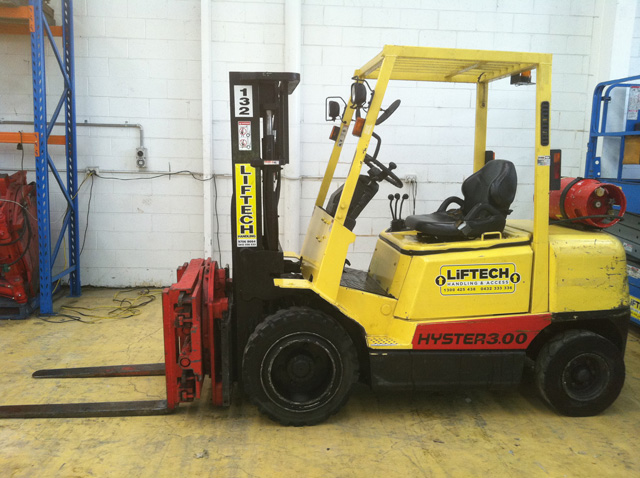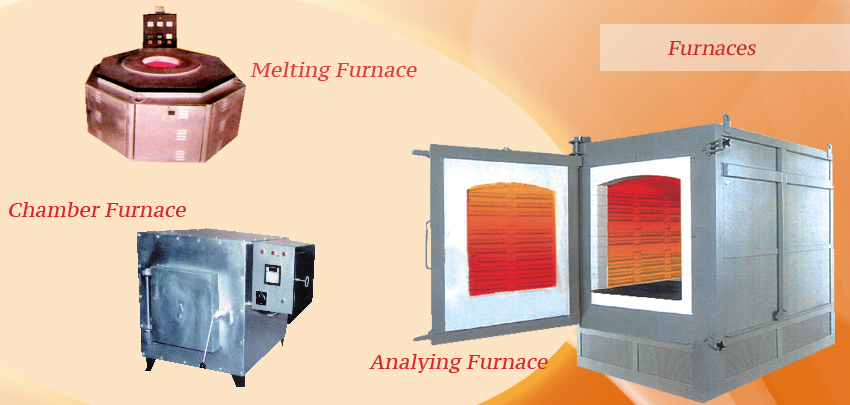The principle of lean has been in vogue across the manufacturing sector for decades now. It essentially advocates completely waste-free operations and is focused on value as perceived by the customer. It would be interesting to apply this principle to warehouse operations and management and gain a competitive edge over other warehouses.
The biggest challenge faced by warehouse managers today is to increase productivity and accuracy, reduce costs and inventory while improving customer satisfaction, which ultimately means, optimized goods rotation, less frozen capital and efficient use of all the assigned resources.
Warehousing has become a vital cog within supply chains because it holds high potential for improving lead times and cost reductions. Warehouses are expected to be flexible to cope with demand variations, adjust to lead time demands and achieve high throughputs with less inventory, working capital and resources.
Creating a lean warehouse takes foresight, preparation, documentation, analysis, appropriate strategy and continuous improvements. Modern warehouses or distribution centers are dynamic and experience constant change due to evolution of new channels, falling product life cycles, varied customer preferences, seasonality and so on.
The first step towards lean should be to build self-awareness and understanding of each person’s role in warehousing operations and the importance of uninterrupted value flow in the system. Given below are the seven focus areas where waste can be easily identified and eliminated in a warehouse storage environment.
Material Storage Solution and Handling:
Optimized pallet racking or shelving solutions make all the difference in warehousing operations. Incorrect and inadequate usage of storage space leads to disorganization, inefficiency and financial loss. It also results in underutilization of valuable space and resources, thus resulting in high storage costs per unit. It increases the time taken to place, identify, and recover a desired product or material. Ineffective solutions should be replaced to increase smooth flow of inventory and operations. Flow and throughput-oriented facilities have a direct influence on the space needed to hold and handle the inventory, meaning that more operations can be done in the same space available.
Internal Transportation:
Items being moved inside the warehouse may seem trivial and negligible, but if you see holistically, it leads to huge inefficiency by increasing warehouse operating costs. The unnecessary costs include not only labor costs but also material handling equipment, warehouse rentals, lighting and electricity etc. There is an inventory held within the process of moving from one area to another and will result in increased lead time and low throughput rates.
Warehouse storage layout plays a pivotal role and defines the entire warehousing operations including operating procedures, storage capacity, inventory management, ergonomics, labor & material handling equipment etc. With an efficient warehouse storage layout, one can have fast-moving products in the front, slow ones at the back. With this, time taken for locating, picking and packing items will also be drastically diminished.
Inventory Management:
Every organization constantly strives to maintain optimum inventory as it directly affects the bottom line.
Successful inventory management ensures availability of the right amount of items and keeps track of existing inventory and its movement. Inventory should not only be available in adequate amounts but also be visible and accessible to enable warehouse personnel to quickly and precisely select, pack and dispatch. The most common inventory management strategy is the just-in-time method, where companies plan to receive items as they are needed rather than maintaining high inventory levels.
People Movement:
The operation layout of warehouse, effectiveness of work stations, processes involved in picking and packing, and movement of material handling equipment can influence the movement of goods and personnel in a warehouse. If movement of people is wasteful, it will lead to loss of productive time and resources. In case of manual picking and processing, multiple handling will lead to inefficiency and a risk of items getting broken or damaged.
Delays:
Any delay in processing has a negative impact on entire warehousing operations. Delays in people, systems and material, and waiting for picking lanes replenishment, shipping approvals etc. should be avoided to achieve high productivity. Warehouses incur the cost of wages and all the fixed costs of warehouse and equipment rents, lighting and heating etc. Hence, it’s most important to understand the impact and use every minute of every day productively.
Over-production/ Over-processing:
Overproduction leads to excess inventory, which then incurs costs on resources such as storage space, preservation and their management. This leads to tied financials and affects the competitiveness of the company.
Defects:
Any action that results in repeats and corrections, such as inventory inconsistencies, billing errors, damaged materials, etc. add to wastage that can and should be avoided. Processes should be made more efficient in order to improve quality in products.
Stop and fix as soon as something goes wrong – defects are easily identifiable very close to the point of origin. By addressing the root cause of the defect immediately and not accepting nor passing on defects, subsequent problems can be avoided and overall product or service quality improved.
Conclusion:
Clearly, the concept of lean is not localized to manufacturing alone; it is a universally acclaimed concept that can be adapted to and adopted by various industries and disciplines, warehousing being one of them. Designing and implementing lean warehouse operations not only brings control, visibility and delivery stability but also reduces lead time, releases financial stress by enabling a high inventory turnover and ultimately reduces the cost to the total supply chain output.




